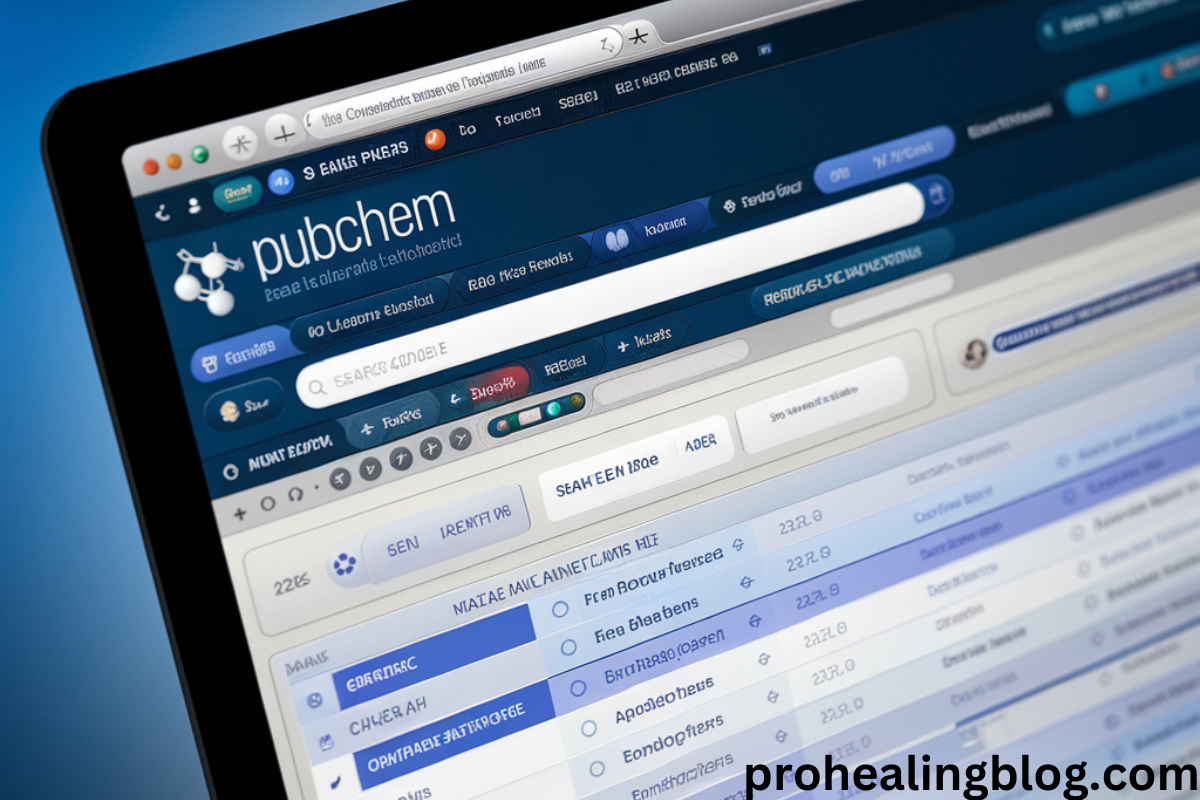PubChem is the world’s largest collection of freely accessible chemical information. It serves as a critical resource for health research and chemical knowledge. Originating as a tool for scientists, PubChem now supports diverse fields like pharmacology, medicine, and public health.
The Origins of PubChem
PubChem was launched in 2004 by the National Center for Biotechnology Information (NCBI). Its goal was to provide a comprehensive chemical database for researchers. Funded by the U.S. government, it became a global leader in free, reliable chemical information.
See Also:PODN : Health and Tech Impacts Explored
What Makes PubChem Unique?
The platform houses millions of data points, including:
- Chemical structures and identifiers.
- Toxicity data relevant to health and safety.
- Biological activity profiles, aiding in drug development.
It also offers open access, breaking barriers to scientific progress.
PubChem in Health Research
It is essential in understanding chemical effects on health. It provides detailed data on:
- Pharmaceutical compounds, supporting drug innovation.
- Environmental chemicals, helping assess exposure risks.
- Nutritional supplements, ensuring consumer safety.
Drug Development and Safety
It accelerates the creation of life-saving drugs. Researchers use its resources to analyze drug interactions and side effects. This speeds up discovery while ensuring patient safety.
Toxicity and Risk Assessment
The database contains detailed toxicity profiles for various chemicals. Public health agencies rely on this information to regulate harmful substances and set safety standards.
How PubChem Enhances Public Health
It’s accessibility fosters transparency. It allows:
- Healthcare professionals to identify safe chemical use.
- Consumers to learn about chemical exposure risks.
- Students and educators to access free, detailed learning tools.
Statistics on PubChem’s Impact
- 110 million chemical substances are currently listed in this database.
- Over 8 million users access the database annually.
- The database supports more than 200 million API requests monthly, reflecting its role in global research.
These numbers highlight PubChem’s influence on science and health.
See Also: Sound Healing: Ancient Practice Meets Modern Wellness
Applications of PubChem in Daily Life
Food and Nutrition Safety
It provides insights into food additives, their benefits, and risks. For example, it tracks the effects of preservatives on human health.
Environmental Health
The database helps evaluate pollutants, guiding cleanup efforts and health interventions.
Personal Care Products
Many cosmetics contain chemicals listed in PubChem. This transparency helps consumers make informed choices about their skincare and hygiene products.
Conclusion
PubChem is the world’s largest and most impactful chemical database. Its role in health research and public safety cannot be overstated. By offering free access to critical data, PubChem empowers individuals and institutions worldwide. Whether for drug discovery, toxicity assessment, or consumer awareness, this database continues to advance global health and innovation.
See Also: Video-Based Surgical Curriculum for Open-Globe Injury Repair
FAQs
What is PubChem?
It is the world’s largest collection of chemical data, offering free access to substances, structures, and health-related insights.
How it is used in health research?
Scientists use this database to study drug interactions, assess toxicity, and discover new therapies.
Is this database free to use?
Yes, it is freely accessible to the public.
Why is PubChem important for public health?
It supports research into chemical safety, pollution control, and healthcare innovations.
Does PubChem include nutritional information?
Yes, it covers data on vitamins, minerals, and other health-related compounds.
How does PubChem help with environmental safety?
It tracks pollutants and toxic chemicals, helping researchers manage environmental risks.






